You can’t imagine how giant the first iPhone was
This article may contain personal views and opinion from the author.

Looking at pictures of the original iPhone, I'm astounded by how different and courageous the thinking behind it must have been.
The first iPhone, released in 2007, marked a new era for cellphones. This device changed how we use personal technology, and its impact is felt across the tech industry to this day. It leapt ahead of its time and created a standard that other manufacturers could only dream of at the time.
To understand the magnitude of first iPhone, we must look at the smartphone landscape around the time of its release. If we simply compare the original iPhone to other smartphones from that, it quickly becomes evident how groundbreaking Apple's concept was. Unfortunately, these days Apple’s vision for the iPhone is nowhere near as bold, but that is a story for another day.
i against the world
The first iPhone wasn't just a step forward; it was a quantum leap, that much needs to be clear. It transformed smartphones from clunky, unwieldy, and perplexing gadgets to sleek, intuitive, and powerful companions. Before the iPhone, smartphones were primarily tools for business professionals, complete with physical keyboards, complicated menus systems, and tiny resistive screens, at best. They were more about function than form, and their user interfaces were a nightmare for anyone who wasn’t a true tech enthusiast.
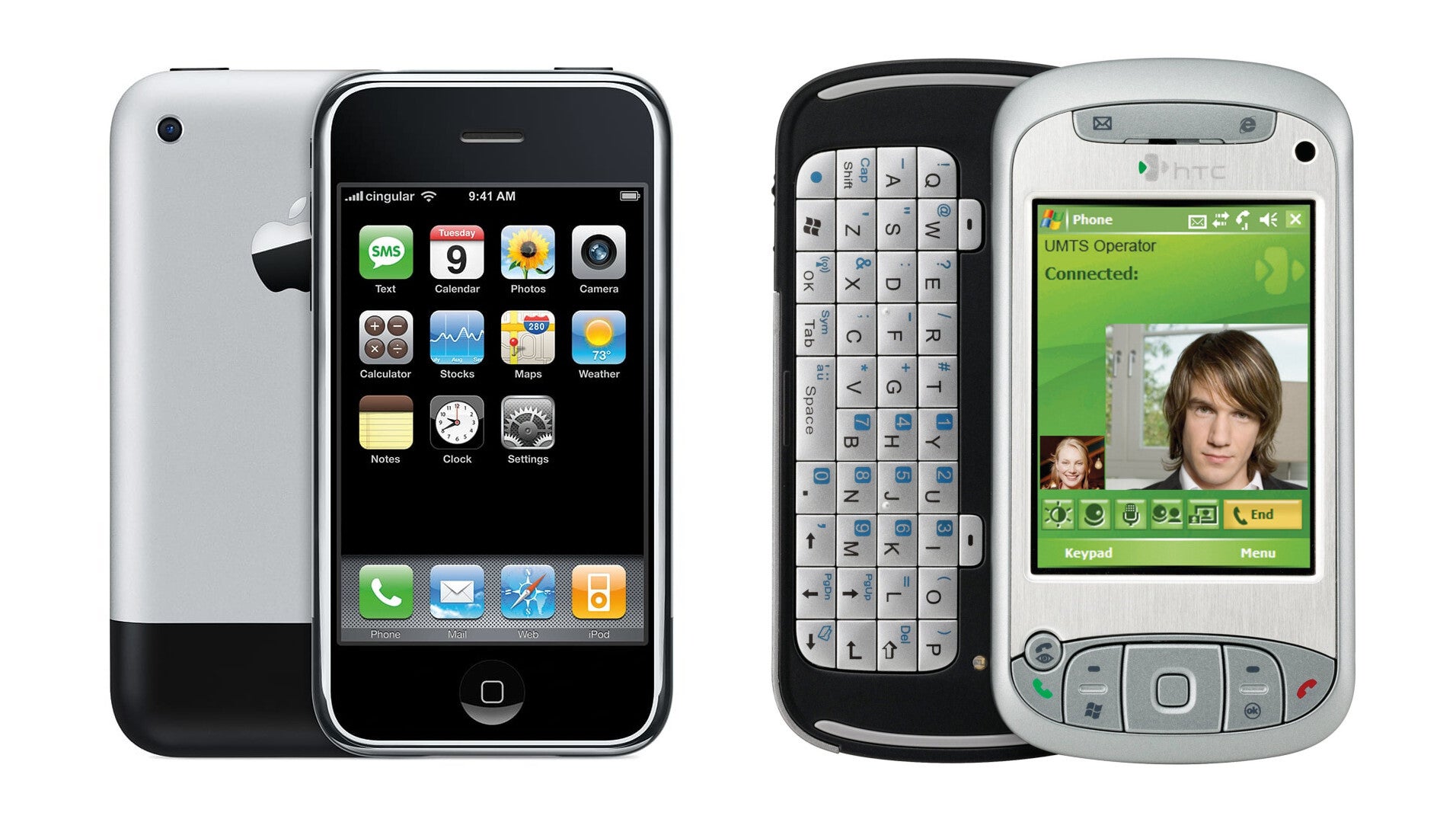
Original iPhone and HTC TyTN – these products must have come from two different planets.
Other smartphones of that age, like the BlackBerry Curve and the Motorola Q, also look almost inappropriate next to the original iPhone. With its renowned physical keyboard and BlackBerry messaging service, the BlackBerry Curve was a capable device for email, but it simply lacked the fluidity and sheer visual appeal of the iPhone. Meanhwile, the Motorola Q was practical but uninspired. A small screen and a stiff, business-oriented design made it feel outdated even at the time.
This changes everything!
A fantastic book cover doesn't guarantee a wonderful book. The original iPhone would have never become such a phenomenon on the wings of its extraordinary design alone. So, it offered a revolutionary user experience. It was more than just another phone – it was a powerful mobile computer with a novel operating system that was intuitive, fast, and simple. This was iPhone OS (later renamed to iOS).
The iPhone practically introduced capacitive multi-touch, a revolutionary technology that changed how users interacted with their devices. The iPhone felt alive thanks to innovative, easy gestures like pinching to zoom, swiping to navigate, and tapping to choose.
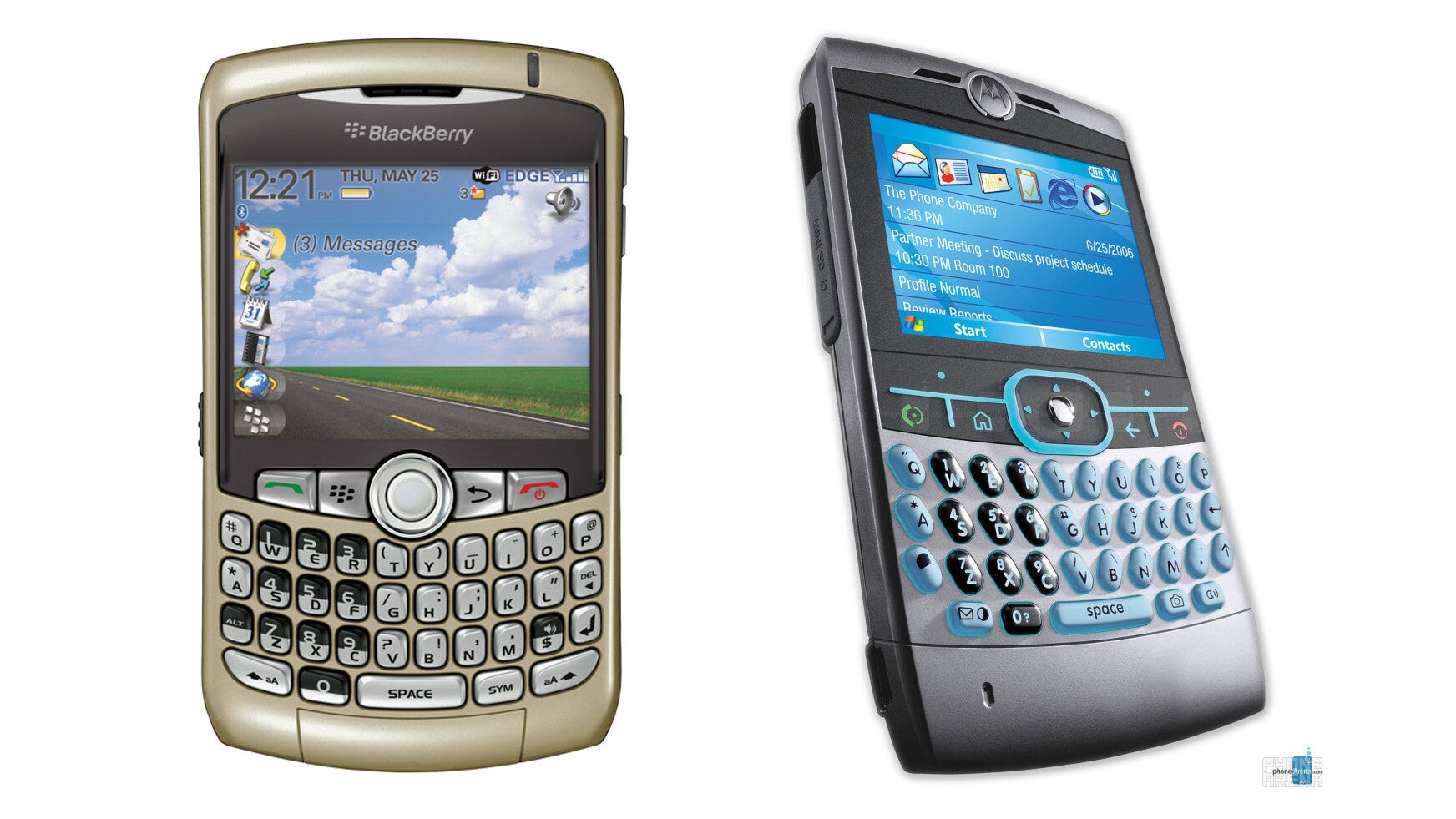
BlackBerry Curve and Motorola Q – this is what smartphones used to look like.
The 2008 App Store launch was another ground-breaking moment. Users could now download and install a wide selection of apps with just a few taps. This turned the iPhone into a multipurpose gaming and productivity platform. The ease with which users could customize their iPhones with apps was a key factor in the device’s long-term success and cemented its place as a cultural phenomenon.
“5 years ahead of the competition”
Looking back, it's clear that the first iPhone was a giant in more ways than one. It wasn't just an Apple phone – it was a new way of thinking about what a phone could be.
I’m writing this article mere hours before Tim Cook and team take the stage to introduce the iPhone 16 series. Products that, by all expectations, will at best slightly iterate on what we already have. They will be superb, but safe products. That’s OK. Not every year needs to bring radical changes and improvements. But we sure are getting hungry for some radical innovation, for the next smartphone paradigm, and the fact is we’ll need Apple to participate if we want to see a sweeping change across the market. If only for the clout Cupertino has established.
Follow us on Google News



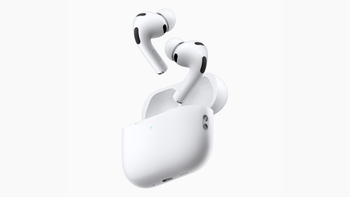
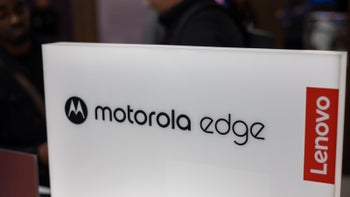

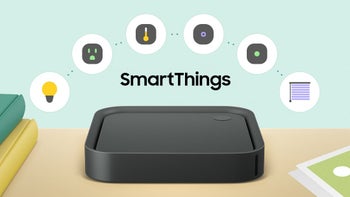
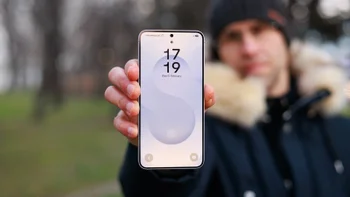
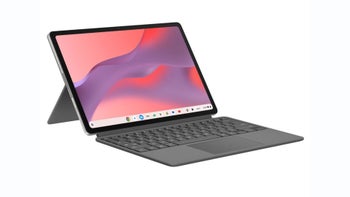
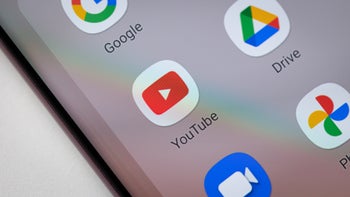
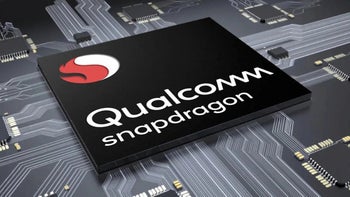

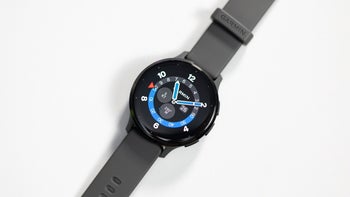
Things that are NOT allowed:
To help keep our community safe and free from spam, we apply temporary limits to newly created accounts: